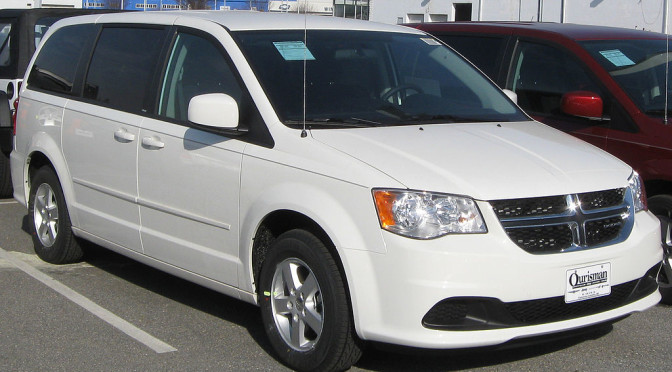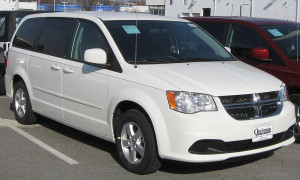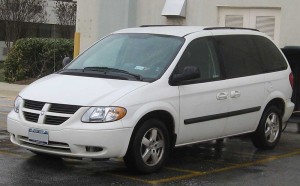When Graco’s 4Ever 4-in-1 car seat was released, I was chomping at the bit to pick up a copy and see how practical it would be as an all in one car seat. I was happy to report that it was indeed a seat that could work in all levels, whether as an infant or rear-facing seat, a forward-facing harnessed seat, and as a booster seat. When Graco announced that the Milestone, the cheaper version of the 4Ever, would be available, I had to get my hands on one. Well, that day has come, and here are my thoughts on the Graco Milestone.
2017 update: The Graco Milestone hasn’t changed significantly in the last few years; rear-, forward-facing, and booster limits are the same, although the fabrics have changed slightly over time.
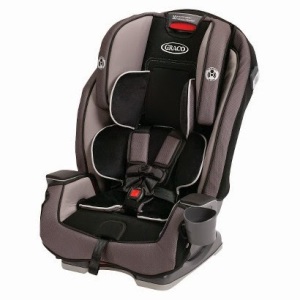 2017 Graco Milestone – What’s the big deal?
2017 Graco Milestone – What’s the big deal?
The Graco Milestone is designed to be used as the only car seat a parent might look for, which means that it comes as a rear-facing seat suitable for infants through preschoolers, a forward-facing seat suitable for elementary-aged children, and as a booster seat. However, what really matters is if the seat does a good job at all of these levels.
Graco Milestone Limits for Weight and Height
Rear-facing: 5-40 pounds. Your child’s head should not reach past 1″ below the top of the headrest. There is no given height limit for the child besides the 1″ rule. The shell is up to 27.5″ high, which is great.
Forward-facing: 20-65 pounds, and between 27″ and 49″ in height. The tips of your child’s ears need to be below the top end of the head rest. Your child should be at least 1, and it’s recommended that s/he is at least 2. Of course, research into car safety indicates children should remain rear-facing for as long as possible (the average is 4 years in Sweden, which posts the lowest child fatality rate on Earth), and after rear-facing, the child should remain forward-facing as long as possible.
High back booster: 30-100 pounds, and between 38″ and 57″ in height. I always suggest children are at least 8 years old before switching from forward-facing into a booster. Keep in mind that most children will typically not be ready to move out of a booster until they are at least 4’9″, or 57″ tall, although the typical range is between 4’9″ and 5′, or 60.”
Dimensions of the Graco Milestone
The seat is 19″ wide at its widest point, which is at the wings of the seat, and internally is 13″ wide. It is around 21.5″ long. Like the Graco 4Ever, it has a 10-year product life. The lowest harness position with the included infant insert is 8″ and 9″ without it, while the highest is 17.5″ and the highest booster position is 18.75.”
Using the Graco Milestone
When reviewing seats that can be used rear-facing, forward-facing, and as boosters, I find it easier to move progressively through the configurations, the way parents and a child would. As a result, let’s start from the beginning, when rear-facing.
Rear-facing the Graco Milestone
When rear-facing the Graco Milestone, you’ll want to use either the 1st or 2nd recline angle; you’ve got two to choose from, which is great. The first angle has more recline than the second, which places the child in a more upright install. There is a red line for leveling the Milestone on the side of the seat, and the line is supposed to be level to the ground whenever the seat is rear-facing to ensure a good recline for young children.
LATCH and the Graco Milestone
I found the LATCH rear-facing installation rather simple; there’s a gap set up between the seat and the seat cover that you route the anchors through, and the whole process doesn’t take much work or time. The installation was equally simple in a rear-facing configuration with the seat belt, which is my preferred installation, since that way you aren’t subject to the 42 pound lower anchor weight limit.
Using the Infant Padding with the Graco Milestone
There is an included infant padding that is designed to make it easier to securely fit newborns and young infants, and it works well. It should be used, per the manual, if the child’s shoulders don’t reach the lowest harness setting when the padding isn’t used.
Crotch buckle adjustment for the Graco Milestone
Other things of note when rear-facing are that there are three adjustable crotch buckle positions, denoted by their distance from the seat back. The distances are 5″, 6″, and 7.” The buckle is easy to switch across positions; you simply lift the seat cover so you can see the buckle slots, twist the belt to the side, and slide it to the desired slot. You’ll want to choose the crotch buckle to the slot that’s closest to your child without the belt being beneath the child.
Forward-facing the Graco Milestone
When forward-facing the Graco Milestone, you’ll want to use either recline 3 or recline 4. Again, the installation with lower LATCH anchors is a straightforward affair and only takes a minute or two. It’s also just as easy to do so with the seat belt, which, as I’ve noted above, is my preferred method due to the lack of a need to bother with weight limits for your child and due to the easier configurability for3 across installations.
Top Tethers and the Graco Milestone
Keep in mind that the lower LATCH limit for children is 42 pounds, so once your child weighs more than that, you’ll need to use the seat belt anyway. Also remember that you should install your top tether whenever forward-facing, as this is very important for safety.
It is easy to adjust the harness, which is the no-rethread harness design found on a number of high end Graco seats. Remember the general procedure for a good seat belt install is to buckle the car seat, pull your seat belt out as far as you can from the retractor until the ratcheting function kicks in, and then work the belt back into the retractor while putting a good amount of weight on the seat. You want 1″ or less movement in any direction when you push the seat at the belt path with your non-dominant hand.
Using the Graco Milestone as a Booster
The booster mode is easy to use on the Milestone; you simply tuck the harness away behind the seat into a small compartment, and that’s all you need to do to store it away. This is much nicer than the adjustment procedure in the Diono Radian, where you actually need to take part of the seat apart to get the harness stored away properly.
You’ll want to use the 4th recline angle with the Milestone when using it as a booster, and you’ll also need to make sure that the seat isn’t hanging over the edge of the vehicle’s seat. The cup holder is a nice feature and the belt fit is good for the seat. You get 18.75″ in the top shoulder slot, which, while not as good as it gets for booster seats, is definitely good enough to give children a good amount of time in the seat.
Why Buy the Graco Milestone?
This is the most important question to answer as a parent: why buy this seat? Well, personally I like the fact that it’ll let you rear-face your child for up to 40 pounds. There are seats that’ll give you more time by weight rear-facing these days, but 40 pounds is still quite good. The truth is that you want to rear-face as long as possible, and not just turn your children forward facing at age 1, as is common in the United States. The standard in Sweden is to keep children rear-facing until they turn 4, which is a big part of why so many fewer children die in car crashes in Sweden than in the United States; it makes a huge difference in safety.
I’m not going to say that the Graco Milestone sets the standard for rear-facing, but as a niche seat, it’s hard to beat. It lets a good number of parents raise their children in a single car seat, from birth to booster age. Some parents will be lucky enough to be able to use it as the only car seat for a child, and those kinds of savings add up over the years. It’s a cheaper version of the 4Ever, and it does almost as good of a job.
I’m hoping more manufacturers take a look at what Graco is doing with their all-in-one seats, as this kind of convenience is more likely to lead to parents keeping their children safely restrained for longer periods of time. Imagine only needing one car seat instead of 3 for a child. This is becoming more and more possible thanks to seats like the Milestone.
I recommend the Graco Milestone wholeheartedly. You can buy the Graco Milestone at Amazon here. Unfortunately, it’s not yet available in Canada, but Canadians can buy a similar seat, the Boulevard ClickTight, here.
—
If you find the information on car safety, recommended car seats, and car seat reviews on this car seat blog helpful, you can shop through this Amazon link for any purchases, car seat-related or not. Canadians can shop through this link for Canadian purchases.
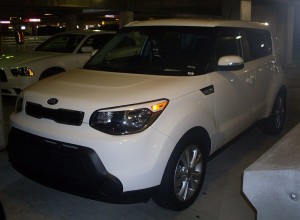 2014, 2015, 2016, 2017 Kia Soul (PS)
2014, 2015, 2016, 2017 Kia Soul (PS)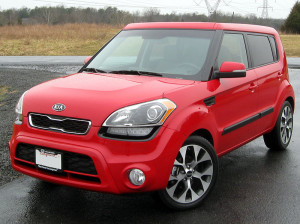 2010, 2011, 2012, 2013 Kia Soul
2010, 2011, 2012, 2013 Kia Soul 
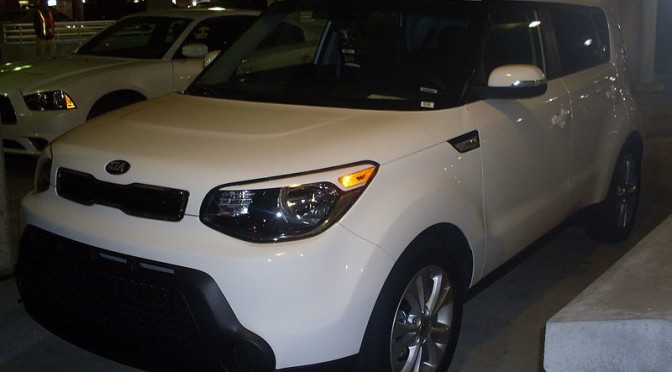


 Who:
Who: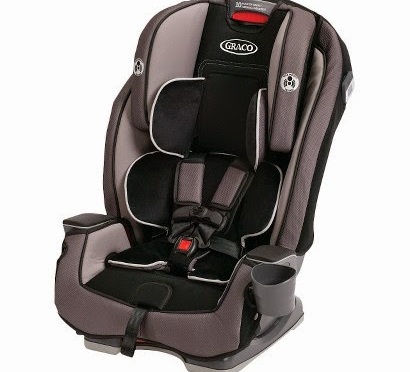

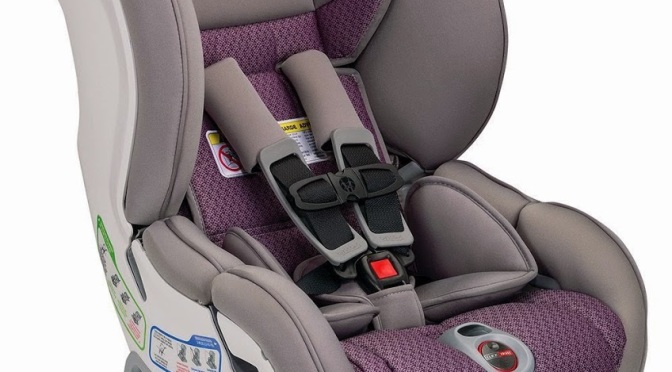
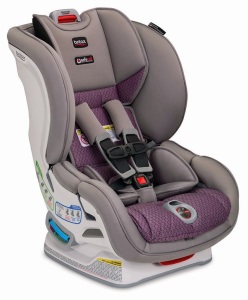
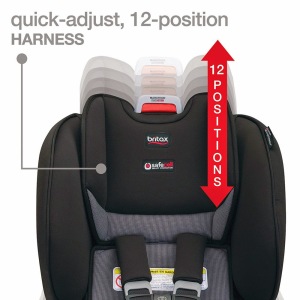
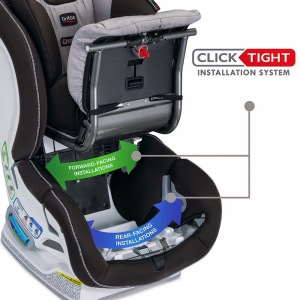

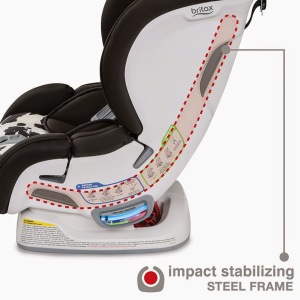
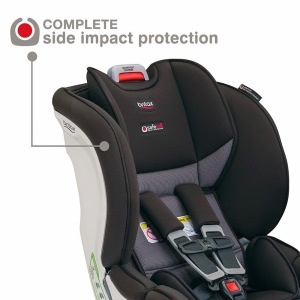
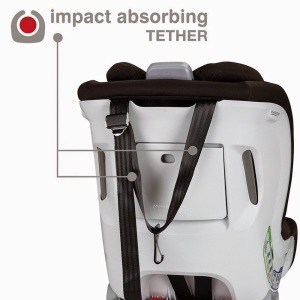
 If you find my information on best practices in car and car seat safety helpful, you can
If you find my information on best practices in car and car seat safety helpful, you can 